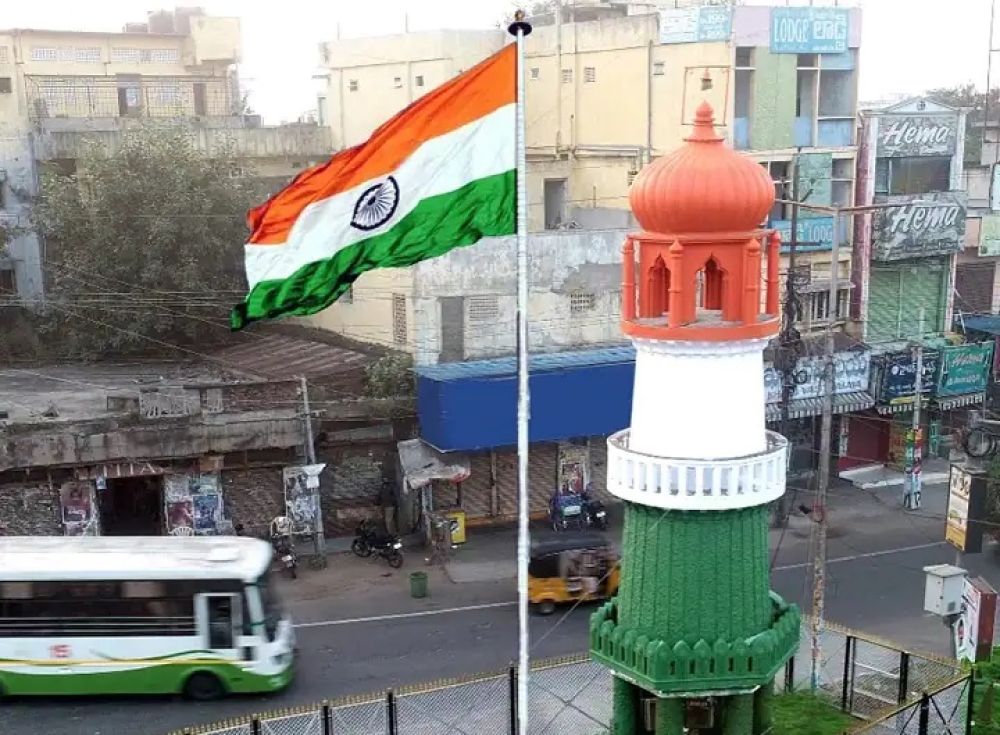

Jinnah Tower is an important landmark in the city of Guntur, Andhra Pradesh. Its construction dates back to the era before India's independence. The tower is named after Muhammad Ali Jinnah, the founder of Pakistan, symbolizing the unity among Indian communities prior to the partition. Although Guntur is not traditionally known as a tourist hotspot, the Jinnah Tower stands as a testament to the city's rich cultural and historical tapestry, drawing in those interested in the history of the subcontinent.
Over the years, the Jinnah Tower area has evolved as a central hub for local activities and festivities, further entrenching its place as a significant societal landmark within Guntur. The tourism around the tower is often coupled with visits to nearby attractions and local markets, offering visitors a glimpse into the vibrant life of the city.
Educational Journeys: Recently, there has been an increase in tourism related to educational and historical exploration within Andhra Pradesh, with visitors especially interested in the pre-partition history of India. Jinnah Tower's role in this period captures the attention of history buffs and students alike.
Sustainable Tourism: Guntur has also been part of the wider trend towards sustainable tourism practices. Efforts are being made to preserve the tower and its surroundings to ensure that the impact of tourism is positive and environmentally friendly.
Local Experiences: Tourists are increasingly seeking authentic local experiences and Jinnah Tower provides a gateway to exploring the culture of Guntur. Nearby markets, traditional cuisine, and local festivals are becoming integral parts of the visitor experience.
Digital Presence: The digital age has prompted the creation of virtual tours and online content that make distant landmarks like Jinnah Tower more accessible to a global audience. This increased digital presence helps pique the interest of potential tourists who plan to visit Guntur and its historical structures.
If planning a visit to Jinnah Tower, it's recommended to also explore the city's other attractions such as the Uppalapadu Bird Sanctuary, Amaravathi Buddhist Stupas, and the various temples that dot Guntur's landscape. To truly appreciate the history and cultural significance of the tower, visitors may benefit from a local guide who can provide detailed historical context.
Accessibility to Guntur is facilitated through a well-connected network of roads and railway lines, and the closest airport is located in Vijayawada, which is approximately 50 kilometers away.